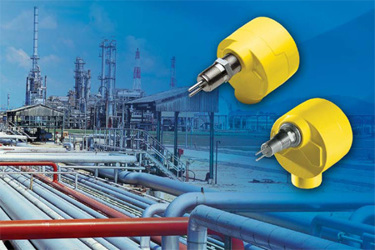Flow Switches For Refinery Water / Wastewater Control
By Steven Craig, Sr. Member Technical Staff, Fluid Components International

To ensure quality production of petroleum-based products in oil refineries, including gasoline, diesel, kerosene, heating oil, and byproducts for plastics and a variety of lubricants, operators must establish reliable water monitoring and treatment. There are three refinery process areas that require large amounts of water: cooling water units, desalter units and wastewater treatment plants.
Cooling Water
Water is a key process in the refinery because the water is used for the removal of heat from machinery and heated process material. Several processes require cooling water, including the crude distillation columns where the crude is heated and vaporized into a fuel. The fuel fractions are separated by condensing in distillation columns with air cooled exchangers and cooling water heat exchangers. The cooling water from the distillation columns typically is recirculated through a cooling tower. The cooling tower is a process whereby the warm returning water is cooled in evaporative units. The cooling water needs to be treated to prevent build-up of dissolved solids in the system. The cooling tower water is periodically removed through a blowdown event. The blowdown effluent is sent to the wastewater treatment in refineries via a sewer.
Get unlimited access to:
Enter your credentials below to log in. Not yet a member of Oil and Gas Online? Subscribe today.
